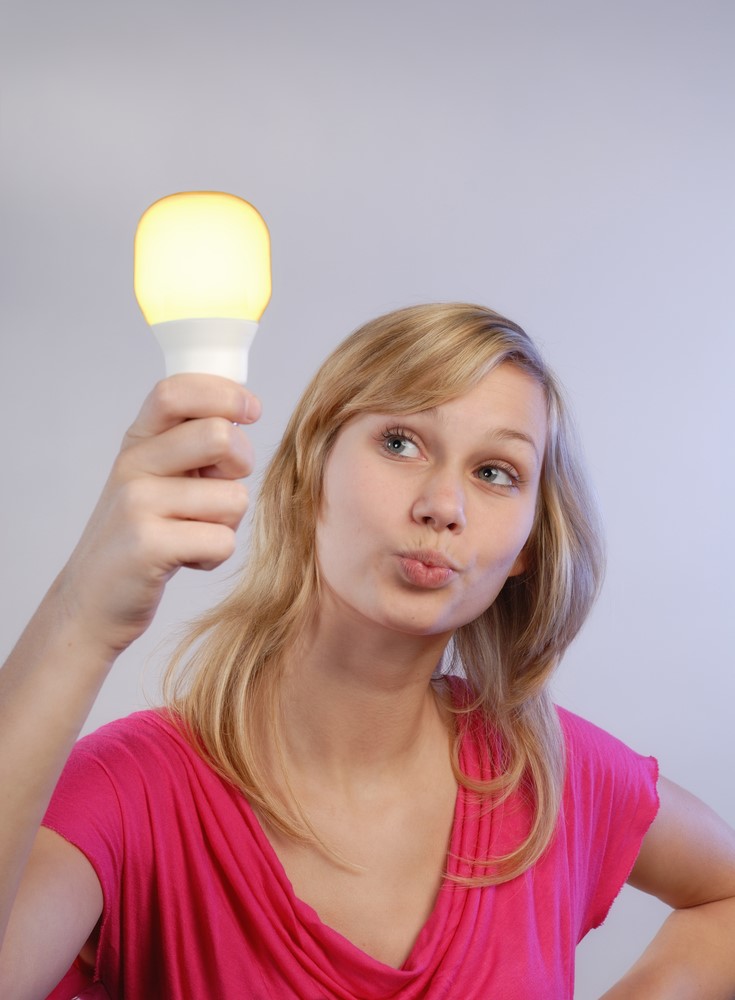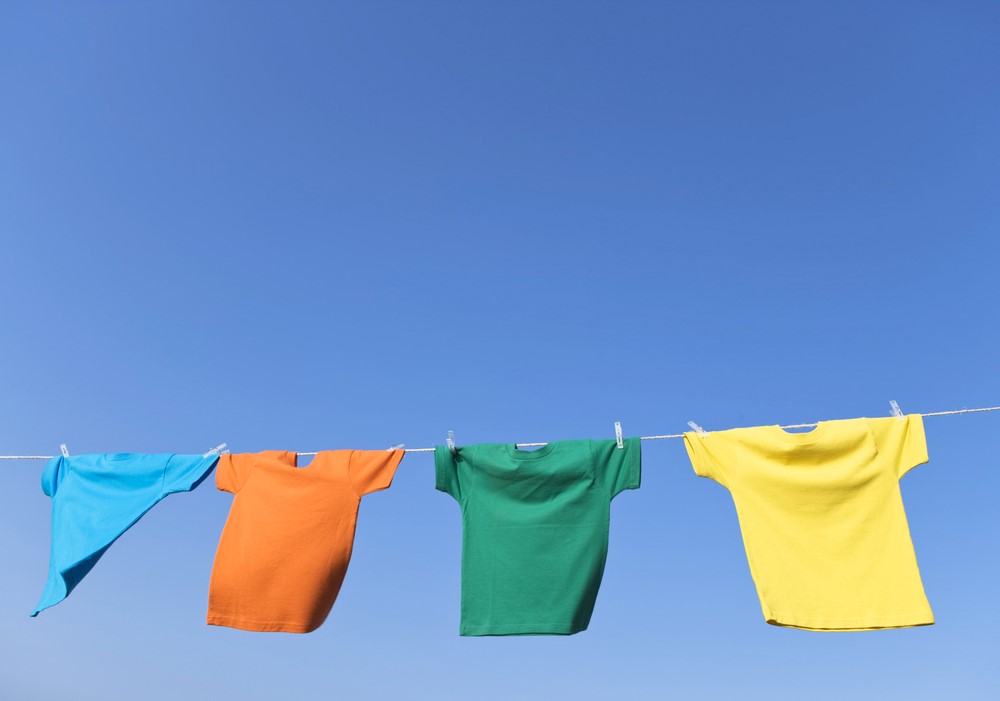Author: Uma Campbell
Uma Campbell is a green loving yoga instructor and freelance writer. She currently lives in Southern California where she enjoys writing about natural living, health, and home design.@Umajcampbell, www.umajcampbell.wordpress.com
Let’s talk about kids. In particular, let’s talk about their incredible ability to learn and adapt to change. Let’s talk about the endless drive they have, to understand the world around them. They are certainly more than “empty vessels”. They can deduce, are compassionate, and creative.. They aren’t anchored to conventional wisdom because they’ve not seen enough of it to be swayed. With that in mind, let’s explore the ways in which kids can understand energy.
It is the application of science which quantifies and proves the existence of energy in all its forms. It’s also the thing which will make your endeavor fun while supporting your lessons with proof.
Here are 10 ways to teach your kids about saving energy:
1. Lights in an Empty Room
It can be a challenge to explain concepts like energy, where its existence isn’t always evident. If you have an incandescent bulb, have the student place their hands near the bulb (making sure not to touch it). With incandescent bulbs, most of the energy being radiated is heat. Although the energy wasted in an empty room is pretty self-evident, the heat may not be.

2. High-efficiency Bulbs
Compact fluorescent (CFL) and LED bulbs are much more efficient at converting electrical energy to light. Switching to high efficiency bulbs have been a popular way to begin saving energy because how easy it is. It can also be an excuse to conduct a fun demonstration.
3. Activities for Understanding Energy
Ask your student to run on a treadmill, elliptical, or stationary bicycle. Keep them going until they see 50 Calories on the display. If he/she burns 5 Calories per minute, you’ll have worked 10 minutes to equal the amount of energy necessary to power a 100 Watt light bulb for roughly 30 minutes. In comparison, you could operate an equivalent CFL bulb for 2 hours!
One thousand calories (1 Calorie) equals 1.162 Watt-hours.
50 x 1.162 = 58.1 Watt-hours = 100 Watts x .581 hours
Note: The capital “C” in “Calorie” represents 1000 calories (with a small “c”).
4. Laundry
Yes, laundry. You’ve seen it before, that pile in the kids bedroom. It’s a combination of dirty clothes and freshly washed outfits which had jumped out of the dresser drawer during a kid’s search for the right shirt. How many needless loads of laundry have placed added demands on the wash machine, water usage, energy consumption, and the parents’ sanity – not to mention wear and tear on appliances? Even super efficient Energy Star appliances break down from wear and tear.

A child’s understanding of the added energy demands of their actions can lead to more than just energy savings. It’s tied to time management issues and the operation of your entire home.
5. Close the Door, Please
We know that exterior doors are a barriers which keep heat from passing from one area to another. Inevitably, doors are opened and the heat’s allowed to pass through. Kids can become a bit complacent about doors during and after periods of good weather.
Detecting heat loss can be tough without direct contact or special equipment like a FLIR camera. It’s is a great opportunity to take advantage of Youtube and other online video sources. For example, go to Youtube, cut and paste the keywords “FLIR heat loss through an open door”, and you’ll find lots of choices for demonstrating the movement of hot air.
There’s also a potential lesson on refrigerator doors too.
6. Running Water
Water is a commodity which we often take for granted. It’s abundant and rarely presents a financial burden to most families. Nevertheless, it’s vitally important to our existence and should be treated with great care. Although all energy topics touch on broader environmental concerns, the transport and purification of water should be included as part of a conversation about energy savings, because it speaks to the “bigger picture”.
7. The Garden
This can be a great activity for kids as well as a way to supplement a family’s food resources. Further, it invites a broader discussion on the environment and what’s needed to grow, pack, and transport food. Food can consume a lot of energy when not grown locally.
8. Vampire Hunting
All those devices the kids use for gaming and social media have chargers. They’re called “energy vampires” because of how they consume energy even when not in use. Help them manage the energy usage of those chargers by placing them on a common power strip. With just a little discipline, you can have all the kids connect to their chargers at night, when the power strip is switched on until morning to take advantage of off-peak rates.
9. The Television/Gaming Consoles
The TV can be absolutely silent, with everyone thinking that it’s off when it’s actually been paused. It’s very easy to have this happen, and kids should know about the energy being wasted because of it. A flat screen TV can become a giant lamp when it’s paused (and lacks a “dim” feature), using almost as much energy as a TV during normal use.
10. A Little Fun in The Car
Challenge the kids with alternate routes in the car. Track the difference in mileage and fuel consumption. Some kids respond well to a competition. Declare a winner and maybe even a small reward for their efforts.
These are just a few ways to get kids on-board.
When discussing all these topics, try to make it a fun experience, expressing enthusiasm about the virtues of saving energy. After all, it’s not just about the money. There are great lessons about environmentalism and compassion which can be built into your discussion about energy conservation. It’s also well known among child development professionals that your attitude can be mimicked or “mirrored” by children. Enthusiasm loves company!
